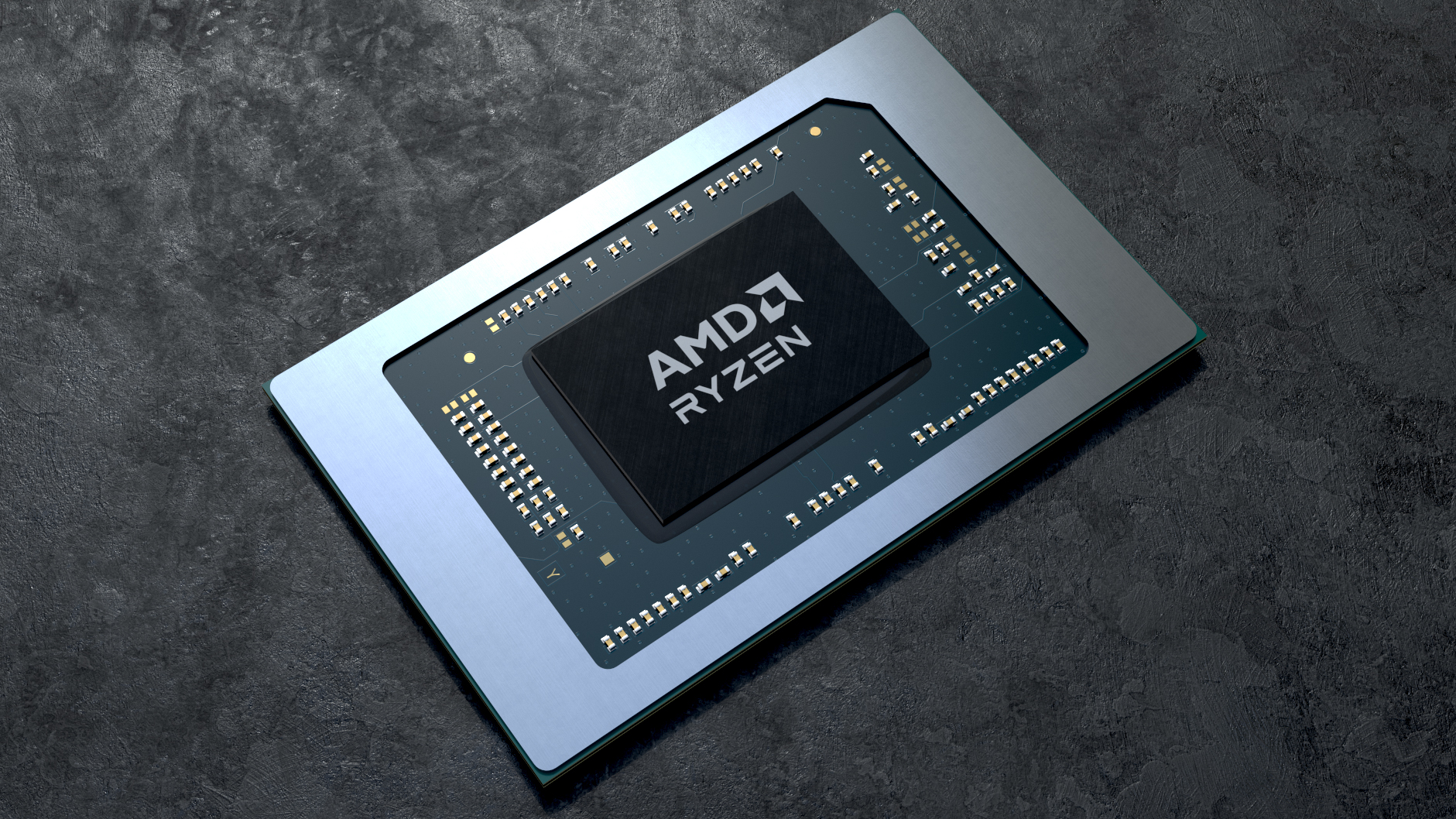AMD has enabled Fluid Motion Frames (AFMF) onRadeon700M integrated GPUs with a new preview driver. The release notes for the23.40.01.10 Preview Driver(viaVideoCardz) only briefly mentions added support for the 700M iGPUs, which feature in mobile 7040 and8040 APUs, desktop 8000G APUs, and the Z1 and Z1 Extreme SoCs for handheld PCs.
AFMF is essentially a broader version ofFSR 3 frame generationthat should work in any DX11 and DX12 game. In exchange for near-universal game support though, AFMF can’t use motion vectors to more accurately construct new frames, which means the quality of AFMF may be significantly reduced compared to FSR 3 andDLSS 3. AFMF, like other frame generation technologies, also increases latency, though AMD’s Anti-Lag+ is supposed to partially offset this.

Its relatively low quality and increased latency (which is also present in other frame generation technologies) makes AFMF a double-edged sword, but for 700M iGPUs it could come in particularly handy. Even the 780M isn’t all that fast compared to modern discrete GPUs, and can easily be brought to its knees in older AAA titles.The ROG Ally, which features the 780M as part of its Z1 Extreme APU, struggled to break 60 FPS even at low and medium graphics settings in many of the games we tested.
For those games that just barely cross the 60 FPS mark even with lower-quality visuals, AFMF could come in handy. It could be an attractive alternative to reducing the resolution significantly or disabling particularly nice graphics options. There’s no getting around the increased latency, which may be less noticeable in certain games, however.

There is a catch to consider though: AMD recommends enabling AFMF only if your framerate is already 60 FPS. This is presumably due to the latency being relatively high with lower framerates, and that might make such a gaming experience hard to tolerate due to poor responsiveness. Since getting to 60 FPS in the first place is difficult for 700M series iGPUs, this might nullify the appeal of AFMF in many cases.
So, ifAFMFwon’t be particularly usable on handhelds, then perhaps it could find a niche in the desktopRyzen 8000G series. These APUs have higher TDPs and slightly higher clock speeds for their 700M integrated graphics, which may be just enough to cross the 60 FPS threshold to enable AFMF optimally.
Get Tom’s Hardware’s best news and in-depth reviews, straight to your inbox.
Matthew Connatser is a freelancing writer for Tom’s Hardware US. He writes articles about CPUs, GPUs, SSDs, and computers in general.